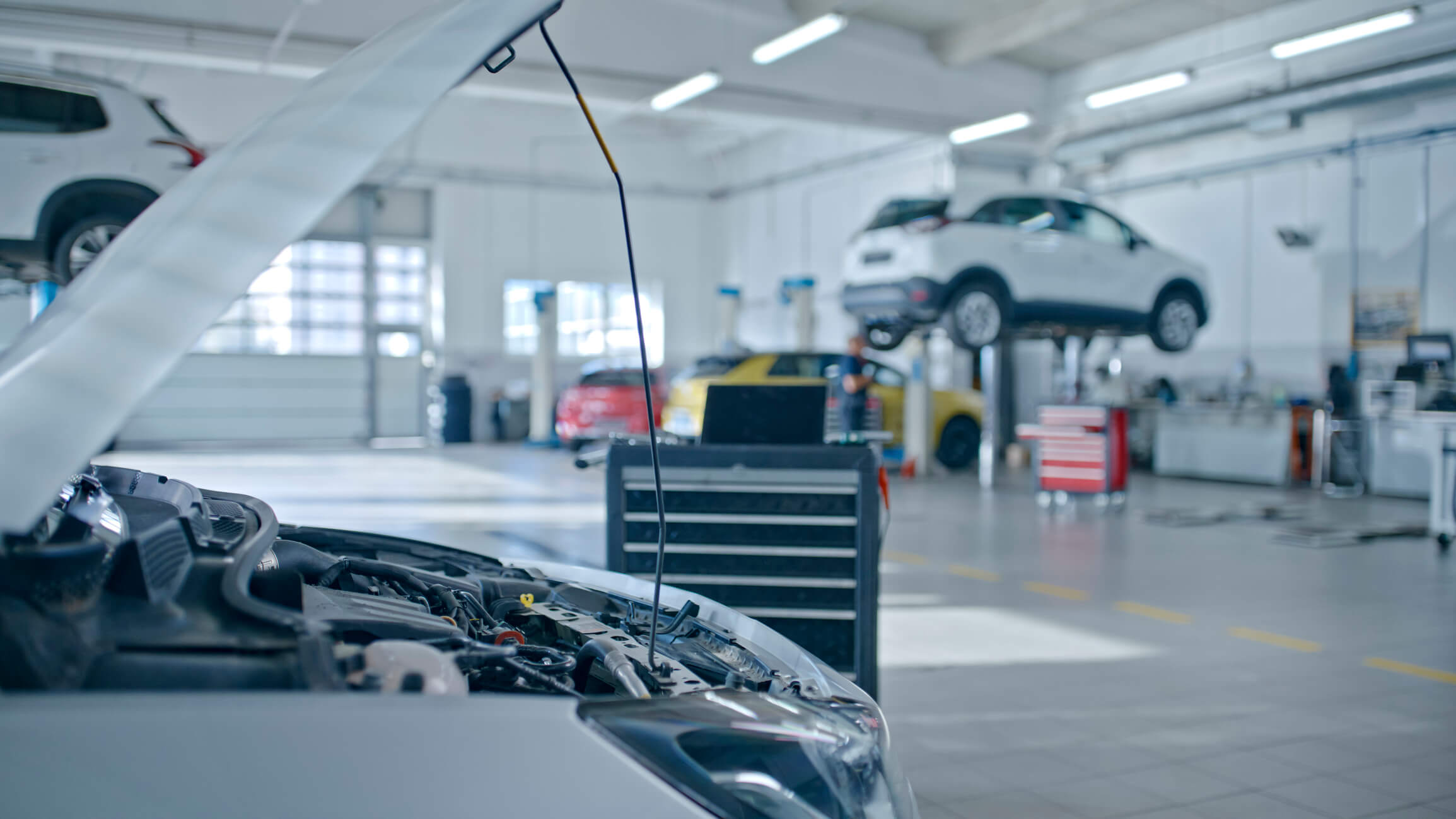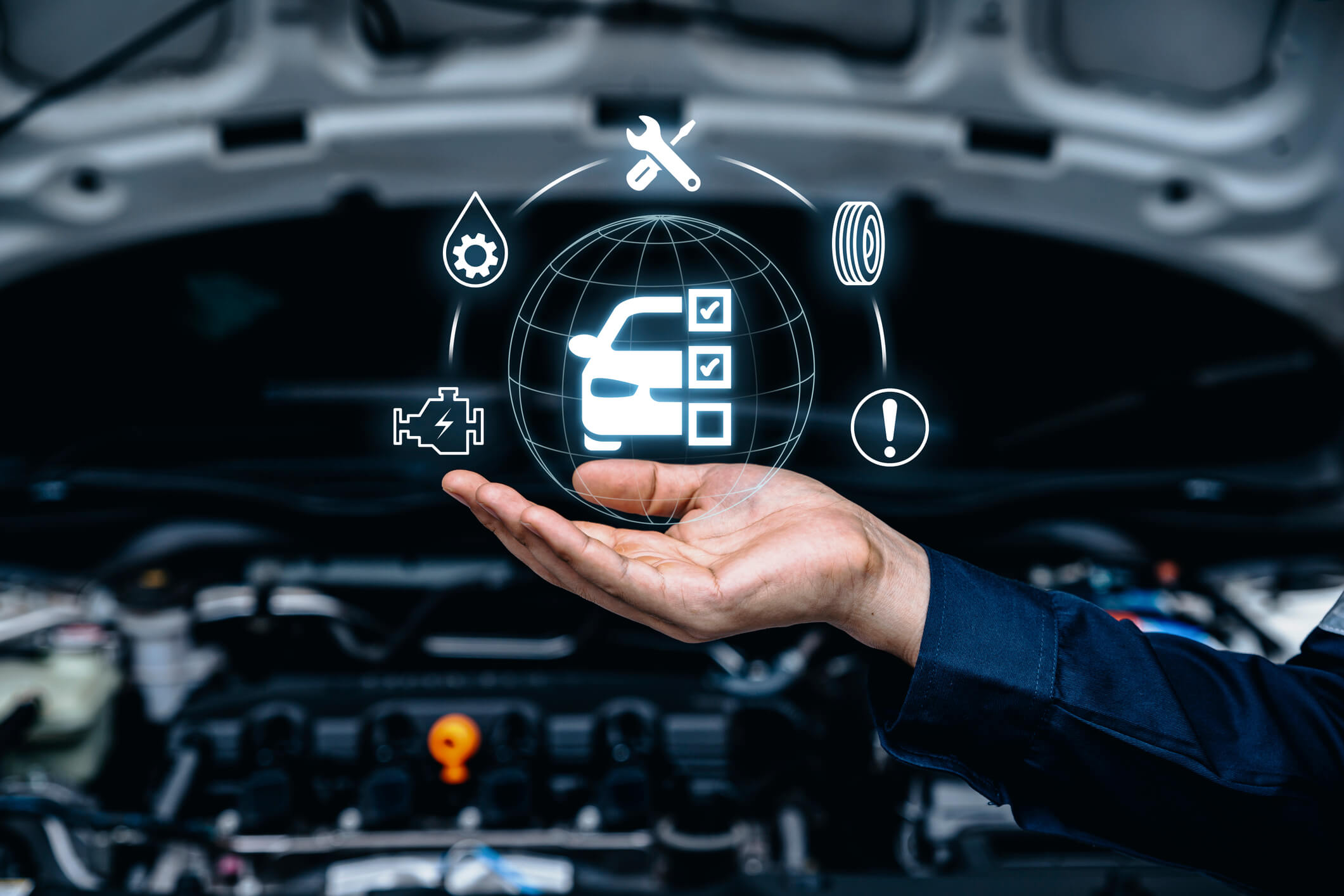Why Does My Car Squeak When It’s Colder?
December 19, 2018
One of the last things anyone wants to do when it’s cold is go outside, and battle nippy winds, snow, and thin air — but at times, we have no choice! Even worse, getting into your car before it’s warmed up can be just as bad, as your seats are cold, and the engine needs time to heat up to provide warm air. But what happens when you’re driving or backing out of the driveway and hear an odd squeaking noise? It’s here where many drivers are faced with two options; get out and diagnose the issue, or continue driving. Understanding where that noise is coming from is an important factor in deciding what you should do, and we’ve broken down some of the logistics below.
Squeaks
It’s important to understand WHY this happens, before anything else. As temperatures drop, lubricating components of your car can dry out, and sometimes freeze. When you’re pairing this with the reality of salt also being on the road, it can cause a number of issues within your car, which involve squeaking noises. Broken parts, including metal on metal contact, can also be a cause for concern, and also cause the sound to occur.
Metal on Metal
Like nails on a chalkboard, metal on metal contact can be a sometimes unmistakeable noise that pierces the ears of almost anyone — so it’s relatively easy to diagnose. If you find yourself encountering a metal on metal grind or squeaking noise, there’s likely something wrong in terms of either lubrication, or a broken component that’s forcing metal to come in contact with metal when it shouldn’t be.
Movement Squeaks
If your car is moving and you hear a squeak, it’s sometimes harder to diagnose, but easier in terms of finding the relative location.Most of the time, these squeaks occur near the wheels, and can be as simple as a worn brake pad, or a bit more complex, such as a ball joint. Should you be experiencing these squeaks at high speed, it’s important to understand that having it checked out is extremely important, and driving should be limited until it’s diagnosed.
Recent News

How to Maximize Your Car’s Fuel Efficiency
May 30, 2025

The Importance of Regular Vehicle Inspections in Winter Months
February 28, 2025

Seasonal Car Maintenance Tips for Fairfield County Drivers: Keep Your Vehicle Ready for Winter
October 29, 2024

5 Essential Tips for Maintaining Your Vehicle’s Performance
August 23, 2024

The Ultimate Guide to Finding Reliable Auto Repair Shops in Fairfield County
May 31, 2024

Cold Weather Maintenance Tips For Your Car
February 28, 2020


